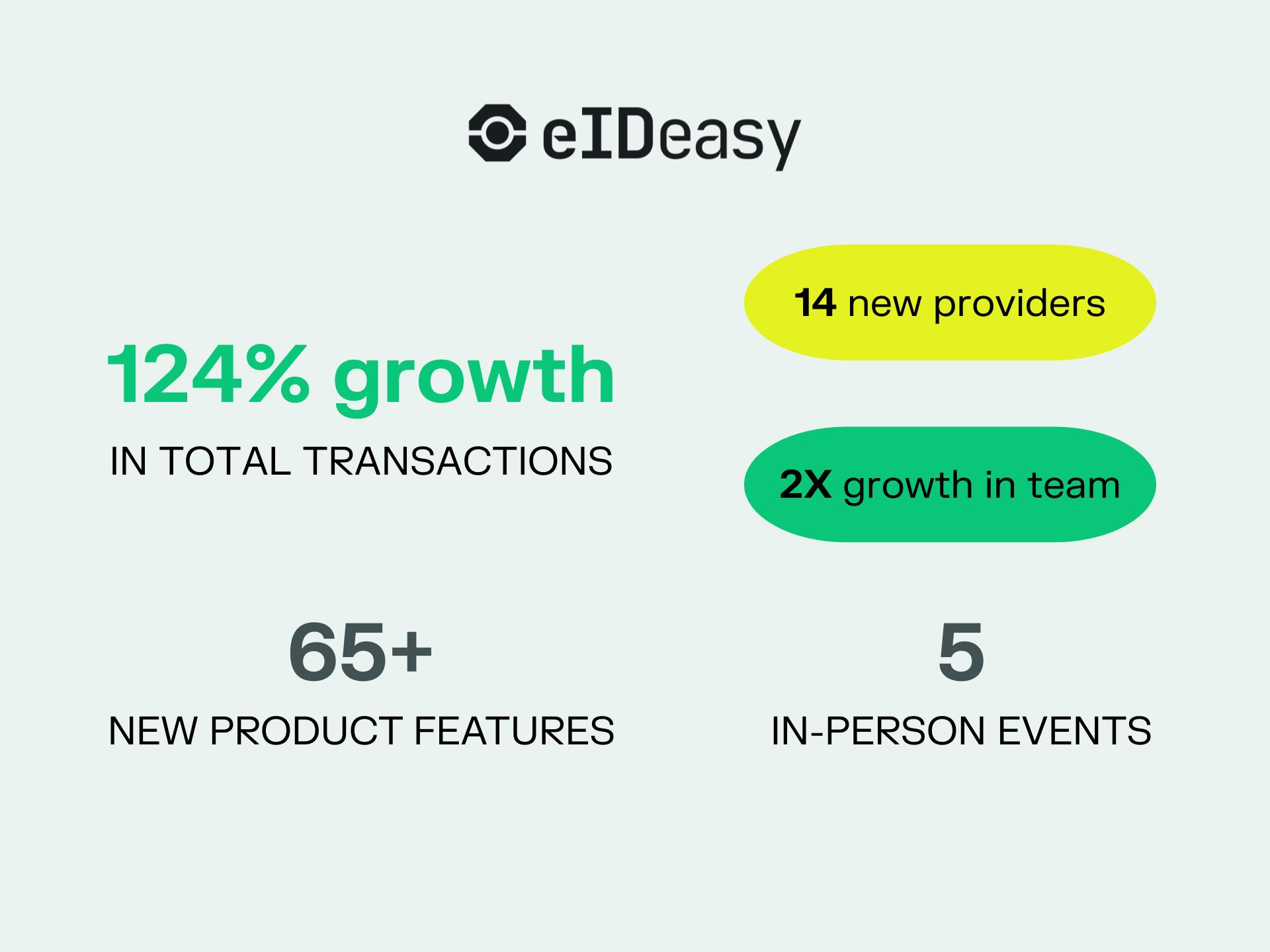A Canadian court made a recent decision where a legally binding contract was signed electronically by texting the picture of the contract and being replied by “Thumbs up” emoji 👍. Value of this contract was C$82,000 ($61,442). You can read more about the case from https://www.canlii.org/en/sk/skkb/doc/2023/2023skkb116/2023skkb116.html and easier to read in https://www.theguardian.com/world/2023/jul/06/canada-judge-thumbs-up-emoji-sign-contract
Does this make sense and what exactly is the electronic signature? Yes it does because almost everything fits the framework of electronic signature. However simple electronic signatures are only valid if you have enough additional evidence to prove them being valid in the court. There is a major difference with documents signed with Qualified Electronic Signatures, these are viewed by court as valid default and no additional proof is needed to consider QES valid.
Definition of an Electronic Signature
Let’s look into definitions in some of the 2 most popular laws in USA and European Union that regulate electronic signature fields.
USA eSign Act states:
(5) ELECTRONIC SIGNATURE.—The term ‘‘electronic signature’’ means an electronic sound, symbol, or process, attached to or logically associated with a contract or other record and executed or adopted by a person with the intent to sign the record.
EU eIDAS states:
(10) ‘electronic signature’ means data in electronic form which is attached to or logically associated with other data in electronic form and which is used by the signatory to sign;
Common theme in such laws is that in the most basic form of electronic signature some kind of electronic data (that is data to be signed) is somehow related to some other kind of electronic data (that is signature). Interpretation of this can be very wide so every e-mail, SMS, WhatsApp message, scribble copy-pasted to the PDF file and any specialized service that sends you link to the e-mail, asks you to type your name and embeds it in handwritten font to the PDF are all equally valid electronic signatures.
There are other clauses in these laws that write about how courts should handle such signatures - they say that courts “should not automatically dismiss” the cases where signature is electronic. This is very far off the “electronic signature is automatically valid” that most people presume. It means that you can go to court and you are given the opportunity to prove that this electronic signature is valid if you do not use Qualified Electronic Signature. If you use QES then the burden of proof is reversed and it is automatically presumed that the qualified electronic signature legal effect is the same as a handwritten signature with Trust Service Provider (Certificate Authority) being liable if damages occur because of their wrongdoings.
USA eSign Act
a signature, contract, or other record relating to such transaction may not be denied legal effect, validity, or enforceability solely because it is in electronic form
- Permit parties to a transaction to have the opportunity to prove in court or other proceedings that their authentication approaches and their transactions are valid.
EU eIDAS
An electronic signature shall not be denied legal effect and admissibility as evidence in legal proceedings solely on the grounds that it is in an electronic form or that it does not meet the requirements for qualified electronic signatures.
- The burden of proving intention or negligence of a non-qualified trust service provider shall lie with the natural or legal person claiming the damage referred to in the first subparagraph.
- A qualified electronic signature shall have the equivalent legal effect of a handwritten signature.
- trust service providers shall be liable for damage caused intentionally or negligently to any natural or legal person due to a failure to comply with the obligations


